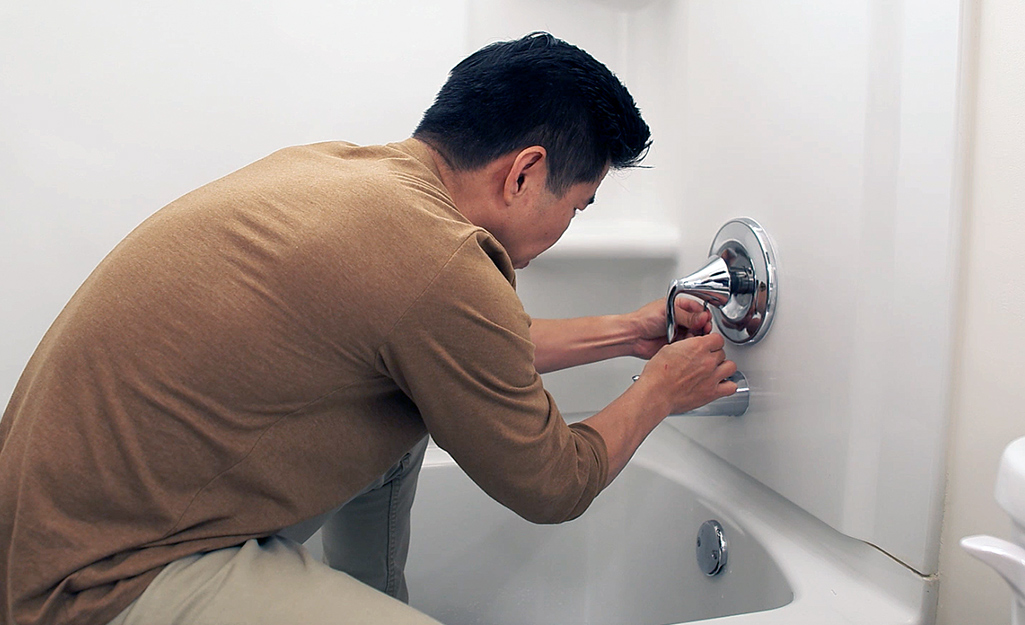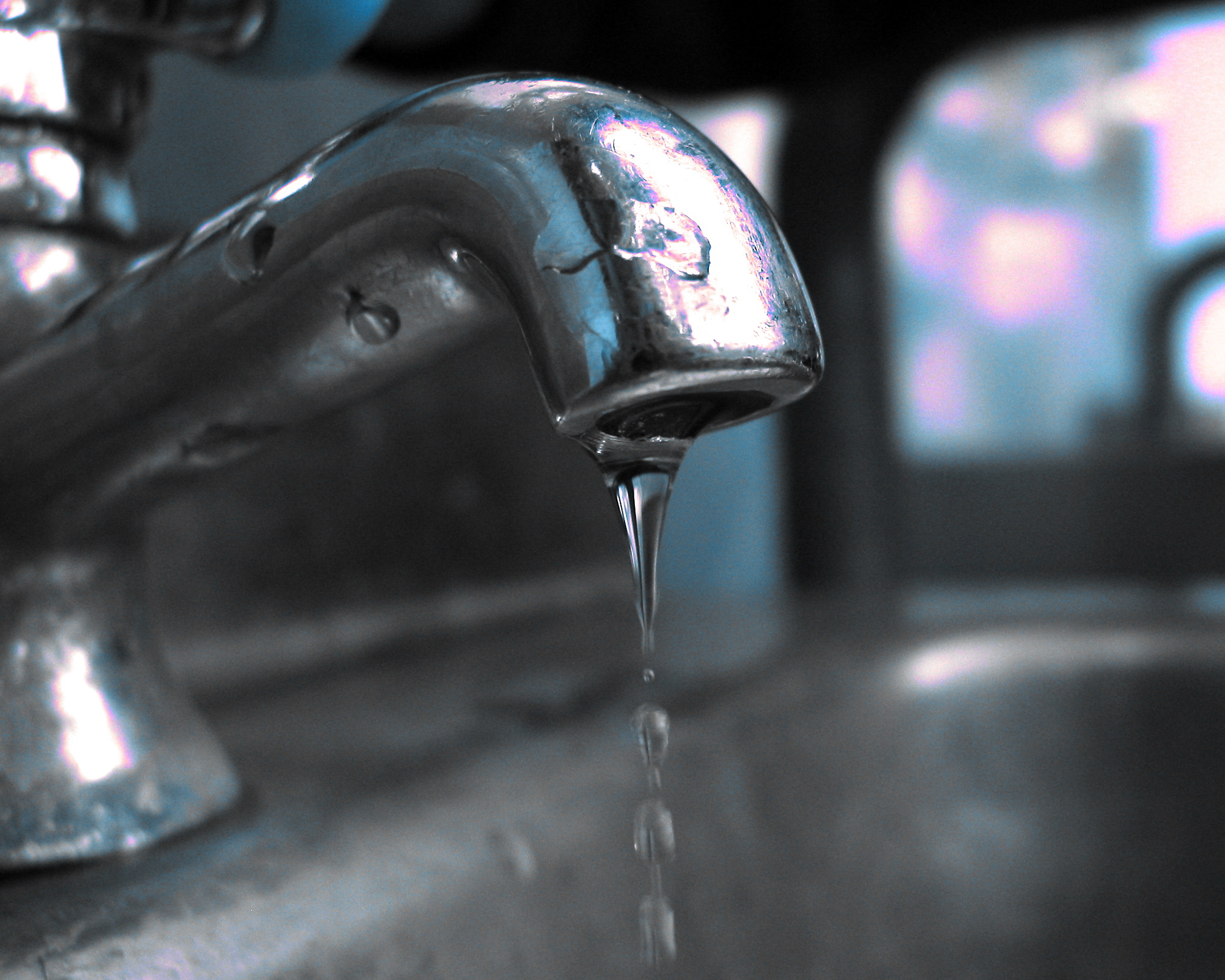Learning the Importance of Resolving a Malfunctioning Faucet
Learning the Importance of Resolving a Malfunctioning Faucet
Blog Article
We've stumbled on this great article about 4 Common Reasons for a Leaky Faucet listed below on the net and think it made sense to relate it with you on this site.

Dripping taps could seem like a minor inconvenience, but their impact exceeds just the inconvenience of the sound. From wasting water to sustaining unneeded monetary costs and health threats, neglecting a leaking faucet can lead to various repercussions. In this write-up, we'll look into why it's crucial to resolve this usual house concern quickly and efficiently.
Wastefulness of Water
Environmental Influence
Dripping taps add substantially to water wastefulness. According to the Environmental Protection Agency (EPA), a single tap dripping at one drip per second can throw away greater than 3,000 gallons of water annually. This not only pressures water resources yet likewise affects ecological communities and wild animals dependent on them.
Step-by-Step Overview to Fixing a Dripping Tap
Tools Called for
Before trying to repair a trickling faucet, collect the required devices, consisting of an adjustable wrench, screwdrivers, replacement components (such as washers or cartridges), and plumber's tape.
Typical Tap Issues and Their Solutions
Determine the sort of tap and the certain problem causing the drip. Common troubles include damaged washers, corroded shutoff seats, or defective O-rings. Refer to supplier directions or online tutorials for detailed assistance on fixings.
Financial Expenses
Raised Water Expenses
Beyond the environmental impact, leaking taps can blow up water expenses considerably. The built up waste with time translates right into greater energy expenditures, which can have been stayed clear of with timely repair services.
Prospective Residential Or Commercial Property Damage
In addition, extended leaking can result in damage to components and surfaces bordering the tap. Water build-up can trigger discoloration, rust, and even architectural issues if left neglected, resulting in extra repair prices.
Wellness Worries
Mold And Mildew and Mildew Development
The constant existence of wetness from a trickling tap creates a suitable environment for mold and mildew and mildew development. These fungi not only endanger interior air quality however also present health risks, specifically for people with breathing problems or allergies.
Waterborne Illness
Stagnant water in leaking faucets can come to be a breeding ground for germs and various other virus, enhancing the danger of waterborne illness. Pollutants such as Legionella bacteria flourish in stagnant water, possibly causing major health problems when consumed or breathed in.
Do it yourself vs. Professional Repair
Advantages and disadvantages of Do It Yourself Repair
While some might attempt to take care of a trickling tap themselves, do it yourself repairs come with their own set of difficulties. Without proper understanding and tools, DIY attempts can aggravate the problem or cause incomplete fixings, lengthening the issue.
Advantages of Hiring a Professional Plumber
Employing an expert plumber ensures that the underlying source of the leaking tap is dealt with successfully. Plumbers possess the know-how and tools to detect and fix tap problems effectively, saving time and reducing the threat of additional damages.
Environmental Duty
Individual Payment to Preservation
Taking responsibility for repairing dripping taps lines up with more comprehensive initiatives towards water conservation and environmental sustainability. Every individual's actions collectively make a substantial effect on protecting precious sources.
Lasting Living Practices
By focusing on prompt repairs and taking on water-saving behaviors, individuals contribute to lasting living methods that benefit both existing and future generations.
Preventive Measures
Normal Upkeep Tips
To prevent trickling taps, carry out regular maintenance such as cleansing aerators, checking for leaks, and replacing damaged parts immediately. Additionally, take into consideration installing water-saving gadgets or updating to more effective fixtures.
Relevance of Prompt Repairs
Attending to trickling faucets as soon as they're noticed stops further water wastefulness and potential damage, ultimately saving both water and money in the future.
Influence On Home Worth
Assumption of Well-Maintained Residential Property
Preserving a property in good condition, consisting of addressing maintenance issues like trickling taps, enhances its perceived value and desirability amongst potential purchasers or occupants.
Impact on Resale Worth
Properties with well-maintained plumbing fixtures, consisting of taps, command higher resale values in the real estate market. Addressing dripping taps can add to a positive perception during property inspections and settlements.
Verdict
Addressing a leaking tap goes beyond mere comfort; it's a vital action towards preserving water, decreasing monetary expenses, and securing wellness and residential or commercial property. Whether with DIY repair work or expert help, acting to deal with trickling taps is a little yet impactful method to promote responsible stewardship of sources and add to a much healthier, much more sustainable future.
Most Common Reasons for a Leaky Faucet and How to Stop the Drip
Whether it’s your kitchen faucet leaking or a bathroom faucet leaking, one leaky faucet can waste anywhere from three to 30 gallons of water every single day. If the constant drip-drip-drip doesn’t get your attention, your water bill will. The good news is that, by following a few simple steps, chances are pretty good you can fix the problem yourself.
Why is it dripping?
Before you start taking things apart, let’s break down some of the most common causes of a leaky faucet.
Bad O-ring.
A cartridge is a valve that controls the flow of water into the faucet spout. On cartridge faucets there’s an O-ring—the little disc attached to the stem screw that holds the faucet handle in place. If it’s loose or worn-out, it can cause your sink handle to leak. Of course, the cartridge itself could be worn out. If that’s the case, make sure you replace it with the exact same kind.
Corroded valve seat.
The valve seat connects the faucet and the spout. If the leak seems to be coming from the spout, it might be because a buildup of water sediment has corroded the valve seat.
Worn-out washers or seals.
A leaky spout could be caused by a bad washer that rests against the valve seat. It’s just a matter of time before friction takes its toll. It could also be the wrong size washer or one that’s been installed incorrectly. Water sediments can also corrode inlet and outlet seals.
Water pressure.
If the faucet only drips now and then, or when you turn the handles a certain way, you should probably check your home’s water pressure.
Loose or broken parts.
The adjusting ring and packing nuts in the stream screw can become loose over time, causing your sink handle to leak. Try tightening or replacing the packing nut. If the leak is coming from the pipes underneath the sink, you probably have a broken pipe or fitting. If that’s the case, you should definitely call a plumber.
Know your faucet.
Faucets come in a variety of types. Each one has its own assembly—and its own possible causes of leaks. Learning about the four most common kinds of faucets will help you know how to take them apart and make any repairs.
How to stop a leaky faucet
Fixing that leaky faucet doesn’t have to take a lot of time, money, or expertise. It’s usually a simple matter of replacing a worn-out washer or gasket, a loose O ring, or another part. Chances are really good you can do this yourself if you follow these simple steps.
Shut off the water.
Before you tackle the faucet, cut off the water supply to the sink. There should be one valve for hot and one for cold. Hand-turn them clockwise with your hands till they close. If there are no valves under the sink, head to the basement and shut off the main water supply to the house. Then turn on the faucet until it empties out the water that’s still in the line and you’re ready to start. It’s a good idea to cover the sink drain with a plug or a rag so you don’t lose any small pieces and parts while you’re working.

I recently found that blog post about Why Is It Important To Fix Your Leaking Tap/Faucet? while surfing the internet. Sharing is caring. You just don't know, you could be helping someone out. I take joy in your readership.
Report this page